What's happening to the former home of Brown's Bakery in Midtown? A major restoration
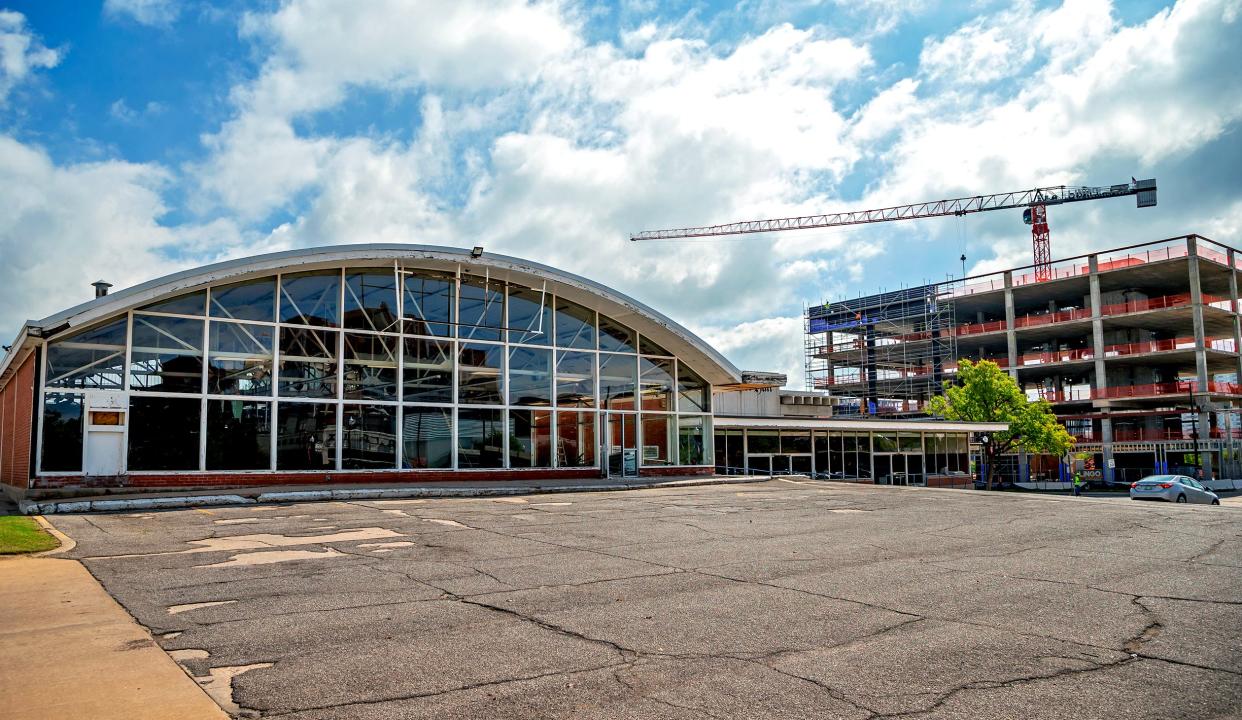
The former home of Brown’s Bakery is set to be restored to its original mid-century design with long empty spaces to be cleaned up and redeveloped by the Midtown Renaissance Group.
The building at 1100 N Walker Ave. is in the heart of Midtown and was originally built in 1946 for Clyde’s Grocery and TG&Y. Since being acquired by Midtown Renaissance Group last month, workers already have removed plywood and paint that covered the grocery’s original clear glass frontage.
“With this being at such an important intersection at the NW 10 and Walker roundabout and the visibility of the two buildings, they’ve been hidden for a long time behind paint and plywood,” said Chris Fleming, a partner in Midtown Renaissance. “We felt it would be an injustice to the neighborhood to keep them hidden.”
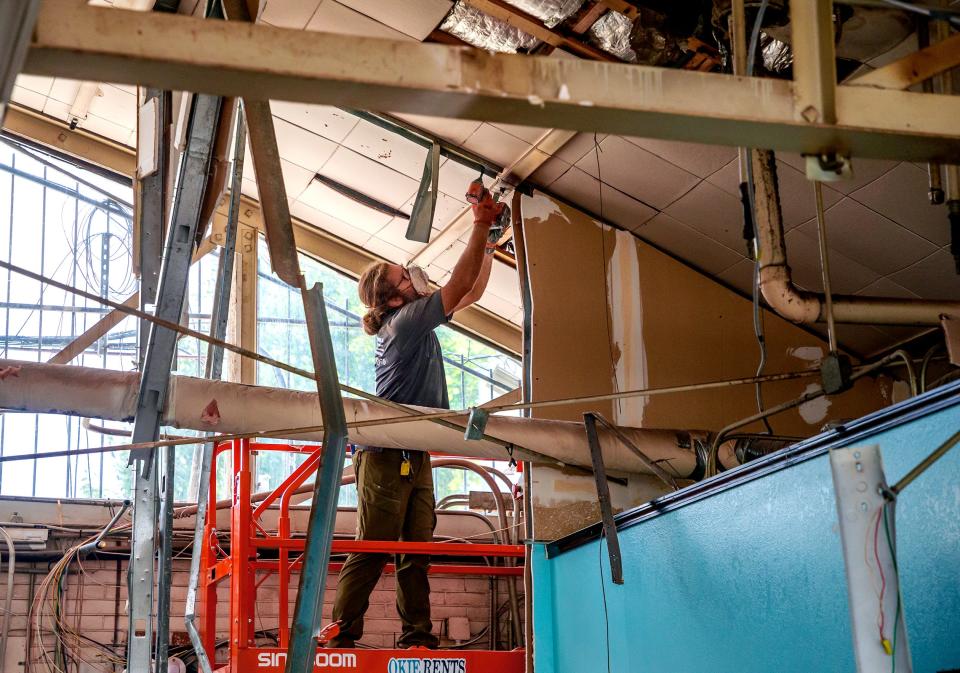
What to know about the history of the building that once housed Brown's Bakery
Author Lynne Rostochil, an expert on the city’s mid-century architecture before she died in 2019, was the first to bring attention to the building after researching its design by architect Joseph Boaz.
“The grocery was one of the first in the U.S. to incorporate modern aesthetics, such as large windows and a revolutionary barrel roof in its design,” Rostochil wrote. “The store was such a stunner that it was featured in several architectural publications of the day and may have been an inspiration for the Quonset hut style of the future Safeway chain.”
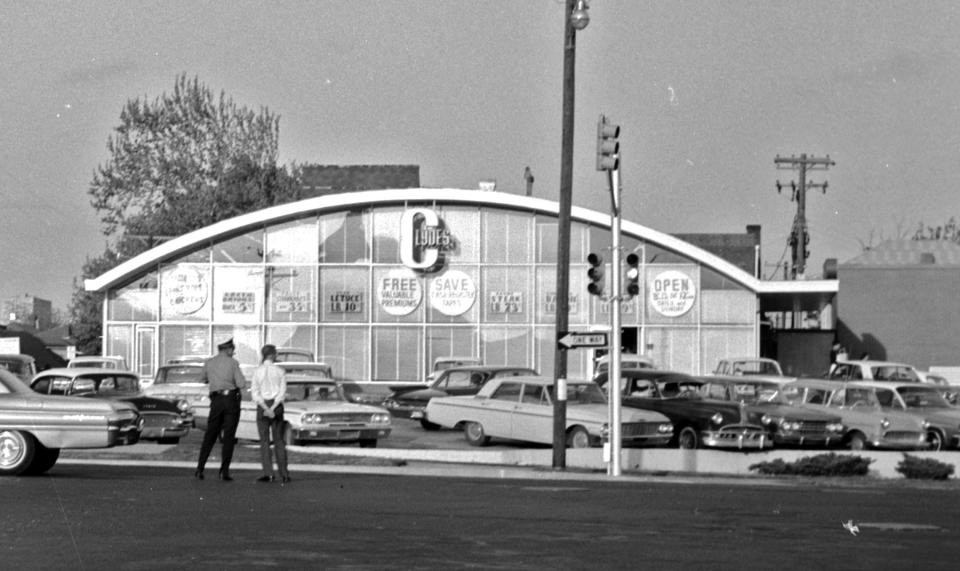
Clyde’s remained a part of the neighborhood until 1968, when he sold to a new operator, Frank Hayes, who then sold it in the mid-1970s. The grocery, renamed Family Foods, closed as the neighborhood went into a long decline.
Brown’s Bakery bought the building in 1992 and remained an anchor during the district’s darkest days when most of the surrounding buildings were flop houses or abandoned commercial structures.
More: Transit-oriented development in OKC? Brown's Bakery future? Your questions answered
Fleming said Midtown Renaissance is looking to get the shopping center added to the National Register of Historic Places. One challenge to be overcome by architect Brian Fitzsimons is the steep grade change of the property, which changes by 10 feet from the north to south ends of the block.
The shopping center consists of the main grocery building, which spans 5,500 square feet, and the TG&Y building, which spans 6,600 square feet over two floors.
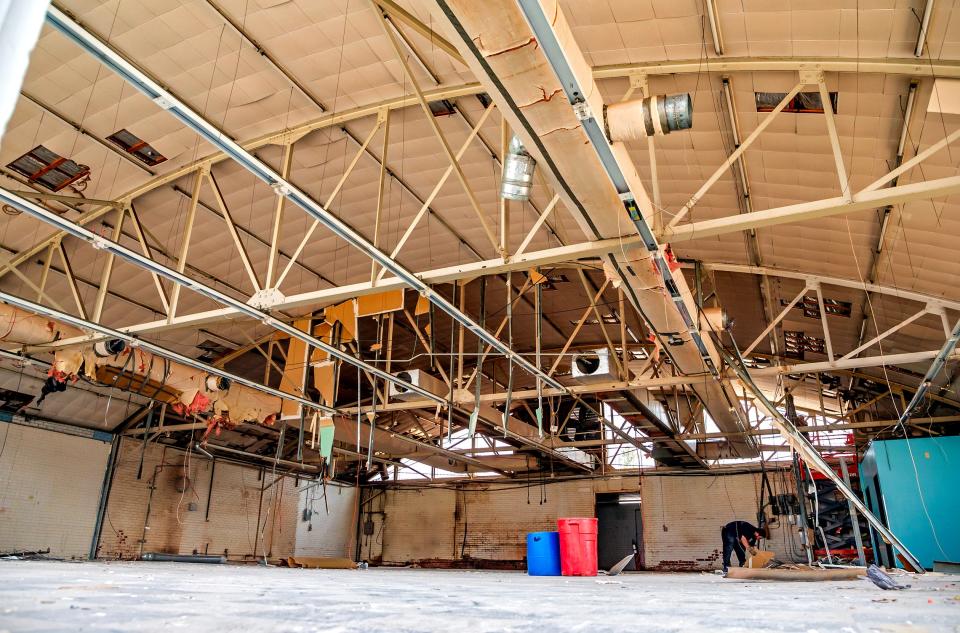
What to expect from the renovations
Renovations over the past few weeks are designed to improve curb appeal and redevelopment will not be quick, Fleming said.
“We will be following historic preservation standards to preserve both buildings, which means that the redevelopment timeline could be a little longer than typical because of more detailed planning and approvals throughout the process,” Fleming said. “Sara Werneke and Matthew Pearce at the State Historic Preservation Office have been super helpful and encouraging.”
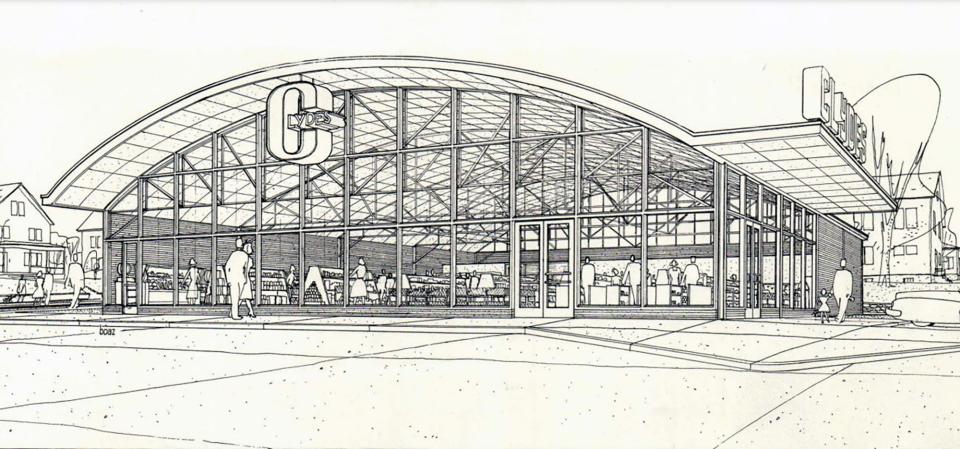
The neighborhood surrounding the shopping center has undergone a dramatic transformation over the past 20 years. Construction is well underway on the five-story Phillips Murrah building along NW 10 between Walker and Hudson avenues.
A mix of apartments and retail, though delayed, is still planned for the triangular block to the west of the shopping center. Construction also is set to start next year on the MAPS 4-funded $42 million, three-story new home for Palomar at NW 11 and Hudson Avenue. Fleming said the restoration of the shopping center will add to the momentum.
“It’s still too early to know the the exact future uses and future tenants of the buildings, but we suspect it will be a mix of restaurants and retail,” Fleming said. “Looking forward, I think people will be amazed by the continued transformation of the neighborhood, and it will further solidify the district as Oklahoma City’s premiere mixed-used urban destination to live, work, shop, eat and play.”
This article originally appeared on Oklahoman: Brown's Bakery, once a showcase of mid-century design, being restored

